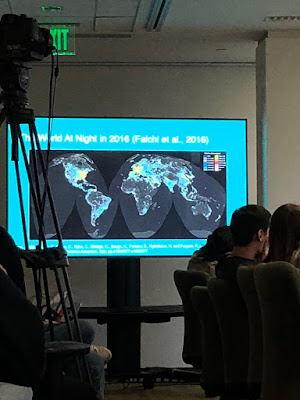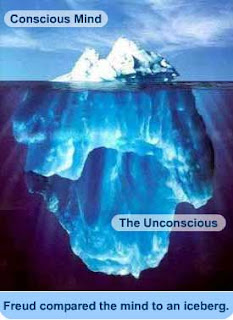Extra Credit Event 1: UCLA Cotsen Institute of Archeology Open House
7 June 2018
 |
| Me with the spices |
I attended this open house on May 12 with my friend, Anna Blake, who is also enrolled in DESMA 9 this quarter. The annual open house began with gallery talks in the Fowler Museum. These were led by Dr. Sonali Gupta-agarwal and Dr. Stephen Acabado. Following this, there were some amazing gallery talks about feasting and celebrations in the Lenart Auditorium. I found this discussion to be the most interesting portion of the open house. Three core members of the Cotsen Institute went over their specific research and personal experiences with feasting and celebration archeology. The first speaker was Professor Elizabeth Carter, who went over the more morbid aspects of feasting found at the Domuztepe pit. This “death pit” was the focus of much sacrificial study, since both human and animal remains were examined to be possible sacrificial victims of a feast at that time. The pit also indicated there were close relationships between animals and humans due to the placement of certain bones in the pit (Carter 2018). The second speaker, Dr. Alan Farahani was a little less morbid in that his research focused on harvests and celebrations relating to the end of planting season. He had a beautiful painting depicting this type of celebration and talked about how Saison Dupont is being brewed using the wheat. So wheat is both a form of refreshment and a cooking tool. He went over how hops and grinding stones could indicate locations of large harvests or even celebrations because these tools were used to create wheat-based foods. The final speaker of the event was Professor Monica Smith. She brought some interesting props to compliment her discussion on feasts. We smelled the two spices as they were passed around, and she went over how feasts are tools to help allay fears and stave off thoughts of mortality. She also went over the specifics of Roman cuisine and how pepper, which came from India, became a staple of many diets due to its exotic influence in feasting celebrations. I think my favorite phrase from her talk was that “food is an expression of the community to which you belong” (Smith 2018). Following each individual speaker, the event progressed to a group discussion on feasts, with a lot of questions being directed to Elizabeth Carter and her work on the Domuztepe pit, due to the fascinating nature of human sacrifices.
 |
| Harvest Image |
Following these discussions, the hands-on open house portion of the event began. My friend and I wandered into the China exhibit, where we watched a long documentary of the archeological projects currently being conducted in the country. Due to the vastness of the country and the greatness of Chinese history, there are many locations being found in the country that hold a variety of interesting archeological discoveries of different dynasties. There are some beautiful burials that depict different statuses of men during that time period. Following that presentation, we wandered over to the arts and crafts section where there were some fun flower crown and archeological activities to take part in. This event really connected to the biological technology and art and medical technology and art sections of our class. A lot of this technology is utilized in archeology to determine the life and death of past communities. Without the advancements in these fields, our understanding of past lives would be extremely limited. With restoration we are able to appreciate art from many different eras. I recommend my classmates go to the Fowler museum in order to appreciate this art form and the wonderful work being done in the field of archaeology.
 |
| My friend and I in the Arts and Crafts Area with a volunteer worker |
References
Carter, Elizabeth, Farahani, Alan, and Smith, Monica. “Feasting Forum.” UCLA Costen Institute of Archaeology. UCLA Costen Institute of Archaeology, 12 May 2018, Los Angeles, Fowler Museum.
Panopoulos, N. “Transgenic Crop Resistance to Bacteria.” Egyptian Journal of Medical Human Genetics, Elsevier, 8 Mar. 1999, www.sciencedirect.com/science/article/pii/0378429095000984.
Rangel, Gabriel. “From Corgis to Corn: A Brief Look at the Long History of GMO Technology.” Science in the News, 23 Oct. 2016, sitn.hms.harvard.edu/flash/2015/from-corgis-to-corn-a-brief-look-at-the-long-history-of-gmo-technology/.
Vesna, Victoria. “Medicine and Art: Parts 1-3.” YouTube. YouTube, n.d. Web. 25 Oct. 2012. http://www.youtube.com/watch?feature=player_embedded.



















